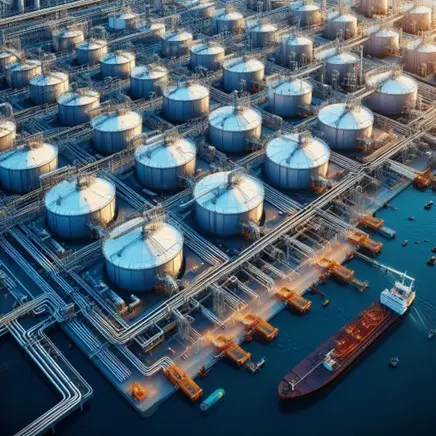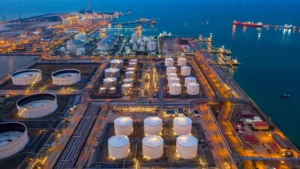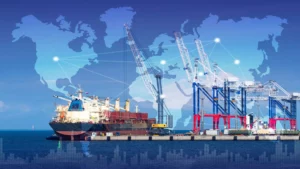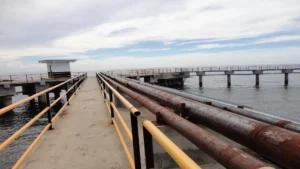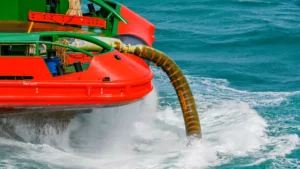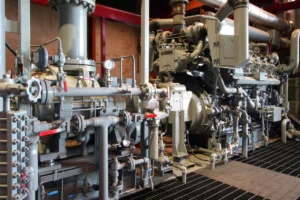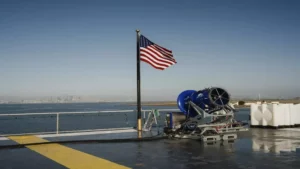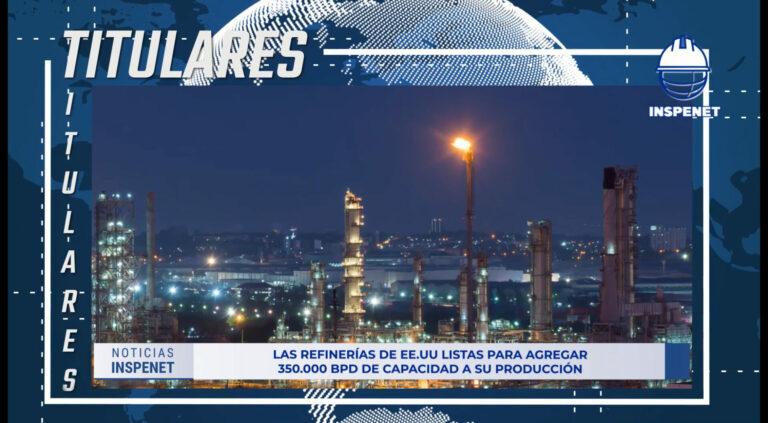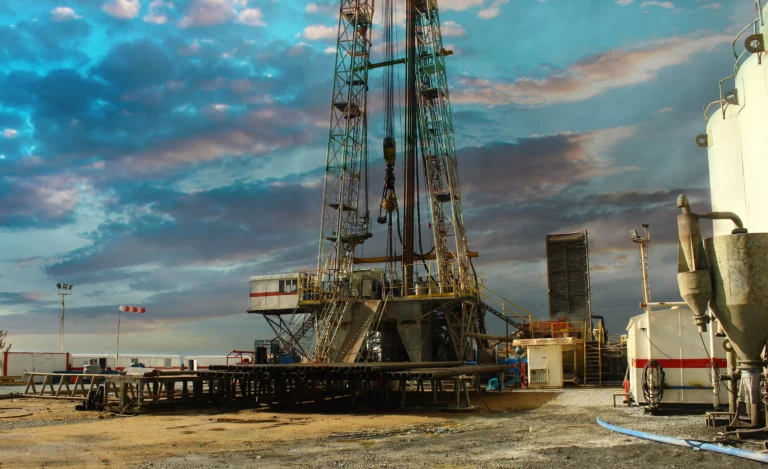Author: Ing. Antonio Zavarce, December 1, 2023.
Introduction
In the intricate and vast universe of the energy industry, the midstream sector often remains in the shadows of its more visible counterparts, the upstream and downstream. The importance of this sector lies in ensuring that energy resources are transported efficiently and safely, from extraction sites to markets and refineries. If this process is not managed effectively, the energy supply chain would face significant bottlenecks, which could lead to supply shortages and increased prices for end consumers.
Additionally, in the midstream sector , the quality and sustainability of oil and gas is evaluated, by eliminating impurities and improving product quality during initial processing.
This article delves into this middle link, exploring its operations, challenges, and the significant impact it has on the global oil and gas value chain.
The fundamental role of the midstream sector
The midstream is the backbone that connects oil and gas extraction (upstream) with its refining and distribution (downstream). Its critical functions include the transportation, storage, and initial processing of these vital resources. From the operation of oil and gas pipelines to the management of storage facilities and the carrying out of treatment and refining processes, this stage is essential in guaranteeing an efficient and safe energy supply.
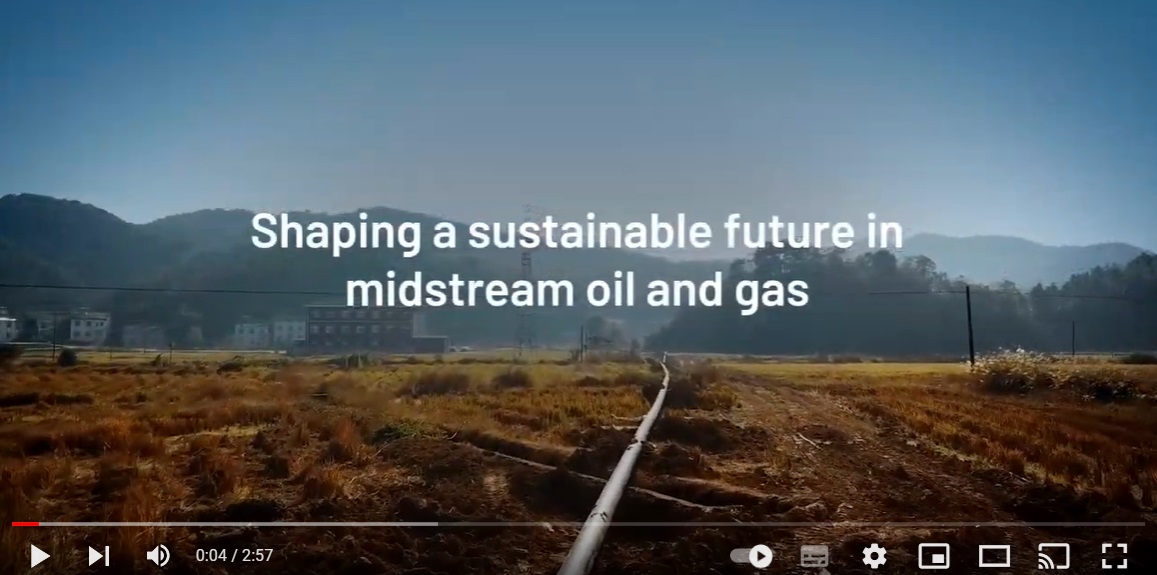
Video cortesía de YouTube (AVEVA Group)
Impact and operations
This section establishes the connection between the upstream and downstream phases and represents the stage where the collection, transportation, storage and distribution of crude oil, natural gas and other energy products are carried out, and includes all the infrastructure necessary to facilitate the transportation of these resources. , such as pipelines, land vehicles, railways and ships, efficiently and safely.
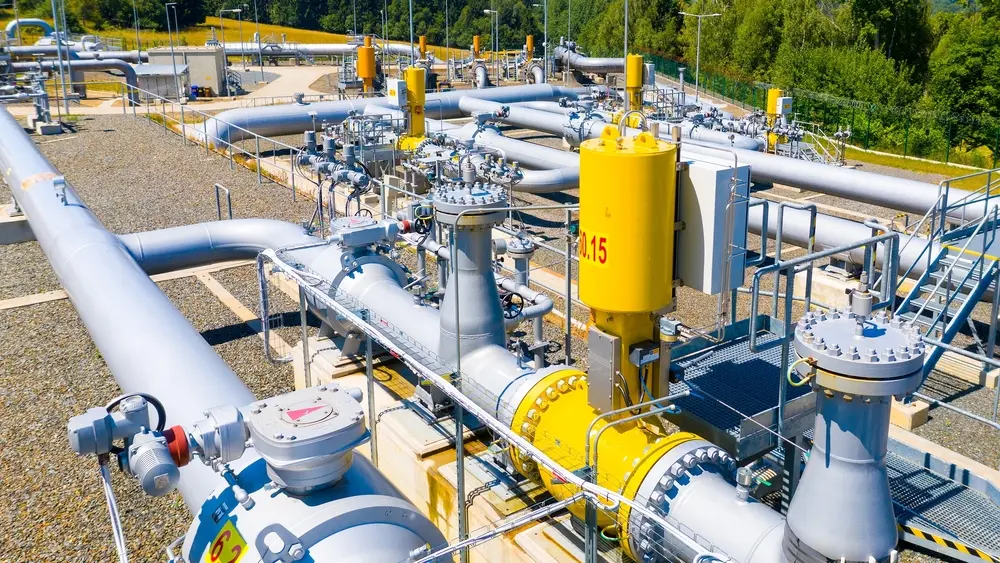
The main operations of the midstream sector are detailed below:
- Transportation: The fundamental pillar of this sector lies in the transportation of crude oil, natural gas and its derivatives; This transportation is carried out mainly through oil and gas pipelines; which are considered the most efficient and safe methods for transporting large volumes over long distances. In addition to oil and gas pipelines, transportation can also include the use of tankers, railroads, and, in some cases, barges and tankers to move products between different geographic locations.
- Storage: This operation represents a fundamental step in the field of the midstream sector. Storage facilities, such as tanks and underground reservoirs, are necessary to manage the flow of oil and gas, balancing supply and demand, and ensuring the continued availability of these resources. These facilities are also important in price regulation and security of energy supply.
- Processing: Although this step is performed in the downstream sector, midstream also includes certain process operations. In the case of natural gas, this includes the removal of impurities and the separation of hydrocarbons and fluids. The objective is to prepare the gas for safe and efficient transportation, as well as for final use or additional downstream processing. For crude oil, processing may include stabilization, which is the process of removing volatile gases to make transportation safer.
- Fractionation and treatment: Specifically for natural gas, fractionation is a key process, it consists of the separation of wet natural gas into its basic components, such as ethane, propane, butane and pentane, in addition to methane.
- Terminal and export management: Midstream operations also include the management of marine and land terminals for the export and import of oil, gas and derived products. These facilities are critical points for international energy trade and require efficient management to ensure the constant flow of resources.
Risks and challenges in the midstream
The midstream sector faces risks and challenges of a technical, environmental, economic and regulatory nature, which include:
- Technical risks: Infrastructure failures, accidents during transportation and operational problems are constant risks that require meticulous attention.
- Environmental risks: Spills, leaks and impacts on biodiversity are serious concerns, with devastating potential and consequences for ecosystems.
- Financial Risks: Market volatility, large capital investments, and operating and maintenance costs represent significant financial challenges.
- Regulatory risks: Changes in energy and climate legislation and policies affect how midstream companies must operate.
Risk management and historical cases
This management not only involves the identification and continuous evaluation, but also the implementation of proactive strategies to mitigate them. Analysis of historical cases, such as the pipeline explosion in Bellingham, Washington, or the Yellowstone River oil spill, underscores the importance of thorough risk management and constant vigilance.
Methodologies and tools for risk analysis
To effectively manage these risks, various methodologies and tools are used, such as Failure Mode and Effect Analysis (FMEA), Event Tree Analysis (ETA), Pipeline Integrity Management (PIM), Geographic Information Systems (GIS), simulations and risk modeling, security audits and Enterprise Risk Management Systems (ERM).
Technological innovations and their impact on risk management
Technology and innovation play a crucial role in the transformation of the midstream sector . From advanced detection and monitoring systems to the use of artificial intelligence and machine learning, these innovations are improving operational efficiency, safety and sustainability. Automation, remote control, advanced materials technologies, enhanced cybersecurity and renewable energy integration are key areas of progress.
Key regulations and standards
The midstream sector must navigate a complex and changing regulatory framework, including safety regulations, environmental regulations, health and safety regulations, and climate change and emissions regulations. Complying with these regulations is essential to avoid penalties and ensure safe and responsible operations.
Future challenges and emerging trends
Esta etapa de la cadena de valores de hidrocarburos enfrenta desafíos y tendencias emergentes que incluyen la transición energética hacia fuentes más limpias y sostenibles, la integración de nuevas tecnologías, la gestión de los riesgos asociados con el cambio climático, la navegación por un entorno regulatorio complejo, la gestión de la cadena de suministro y la logística, y la ciberseguridad.
Conclusion
The midstream sector is one of the most important value chain stages of the extractive sector, for the resilience and long-term success of the global energy industry. With a proactive and adaptive approach to risk management, companies can protect their assets, personnel and contribute to the security and stability of the global energy supply. Continuous evolution and adaptation to change are necessary to maintain the relevance and effectiveness of this sector in the global energy landscape.
Reference
Own source

Antonio Zavarce. Inspenet Operations Director
Eng. Mechanic, with more than 30 years of experience in the Oil and Gas industry, Venezuela, e. email: tony.zavarce@inspenet.com



